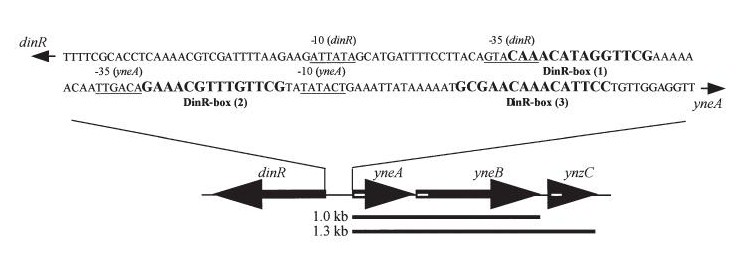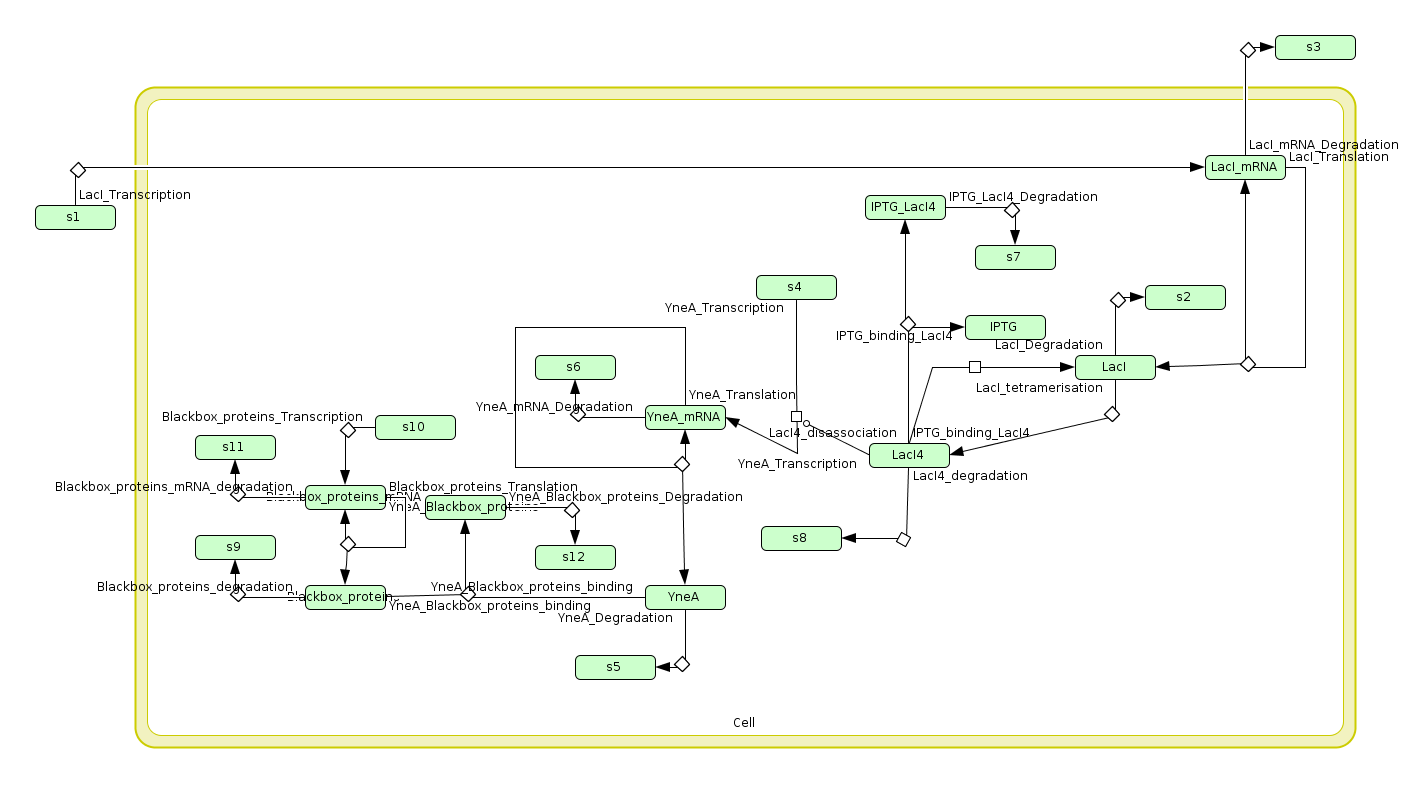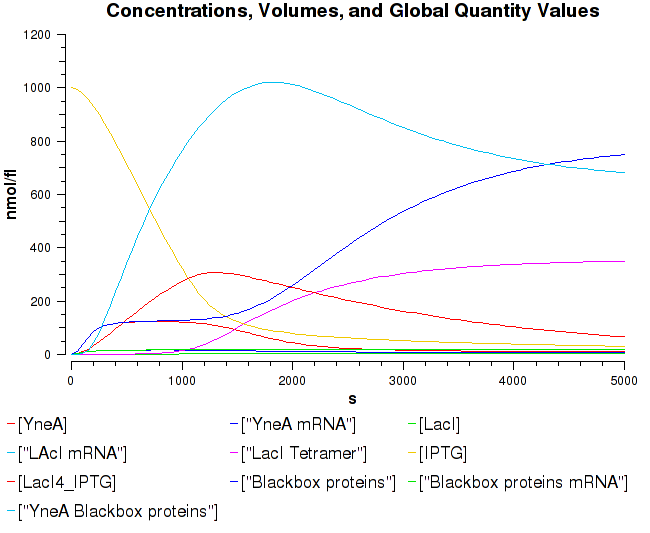Team:Newcastle/Filamentous Cells
From 2010.igem.org
RachelBoyd (Talk | contribs) (→Computational Model) |
RachelBoyd (Talk | contribs) (→Computational Model) |
||
| Line 54: | Line 54: | ||
===Biochemical Network=== | ===Biochemical Network=== | ||
| - | ===Computational | + | ===Computational Models=== |
[[Image:Newcastle CellDesigner Filamentous.png|400px]][[Image:Newcastle Copasi Filamentous.jpeg|400px]] | [[Image:Newcastle CellDesigner Filamentous.png|400px]][[Image:Newcastle Copasi Filamentous.jpeg|400px]] | ||
Revision as of 09:33, 13 August 2010

| |||||||||||||
| |||||||||||||
Contents |
Filamentous cell formation via overexpression of yneA
Bacillus subtilis in response to stress such as DNA damage stops the cells from dividing. This is a part of the SOS response initiated by the accumulation of single stranded DNA from DNA damage or stalled replication. Two proteins are vital for this response: RecA and LexA. RecA forms filaments on ssDNA and promotes the autocleavage of LexA. LexA usually represses the SOS operon. dinR is homologous to lexA in E. coli and is transcribed in the opposite direction of yneA. YneA stops the formation of FtsZ ring indirectly. When FtsZ forms a 30 subunit ring at the midpoint of the cell, it will contract and cause cell division. By expressing YneA and inhibiting FsZ ring formation, the cells will grow filamentous. By inhibiting cell division, yneA allows the DNA damage genes to repair the DNA damage before continuing with the cell division cycle. It is hypothesized that YneA acts through an unknown transmembrane protein to inhibit FtsZ ring formation; we call this/these unknown components “Blackbox proteins”. As the evidence shows expression of yneA leads to filamentation.
Research
SOS response is believe to be a universal bacteria phenomenon first studied in E.coli -LexA, recA
In Bacillus subtillis (gram positive) dinR protein is homologous to lexA (Repressor of din-damage inducible genes). din genes include uvrA, uvrB, dinB, dinC dinR and recA. DNA damage inhibits cell division.
| dinR KO | Wild type Bacillus subtillis |
|---|---|
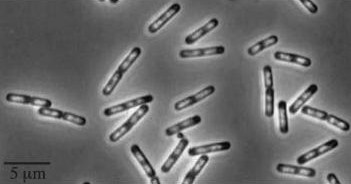
| 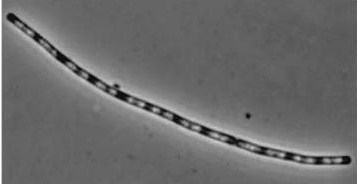
|
dinR KO mutant over expressed the divergent (opposite direction) transcript for YneA, YneB and YnzC. These genes form the SOS regulon (recA independent SOS response)
YneA suppressed in wt without SOS induction # Expression of YneA from IPTG controlled promoter in wt leads to elongation.
Disruption of YneA in SOS response leads to reduced elongation. Altering YneB and YnzC expression does not affect cell morphology.
| Double mutant (dinR YneA) |
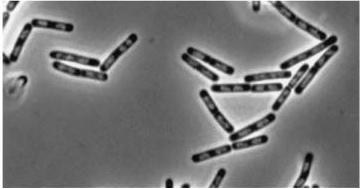
|
YneA protein required to suppress cell division. Not chromosome replication or segregation.
FtsZ is important for bacterial cell division forming a ring structure at the division site by polymerising assembling other proteins necessary for division at the site.
FtsZ localises to the cell division cycle unless dinR is disrupted or YneA is being induced. YneA suppresses FtsZ ring formation- no proven direct interaction by two-hybrid.
Filamentous cells less colony formation.
YneA expression via the inactivation of dinR by Rec A is important.
Coding Sequence
Sequence of YneA: http://www.ncbi.nlm.nih.gov/nuccore/NC_000964.3?from=1918391&to=1918738&report=graph&content=5
yneA Biobrick
Biochemical Network
Computational Models
Cloning strategy
Media:yneA cloning strategy.pdf
Characterisation
Molecular tweezer tensile strength test.
 "
"
